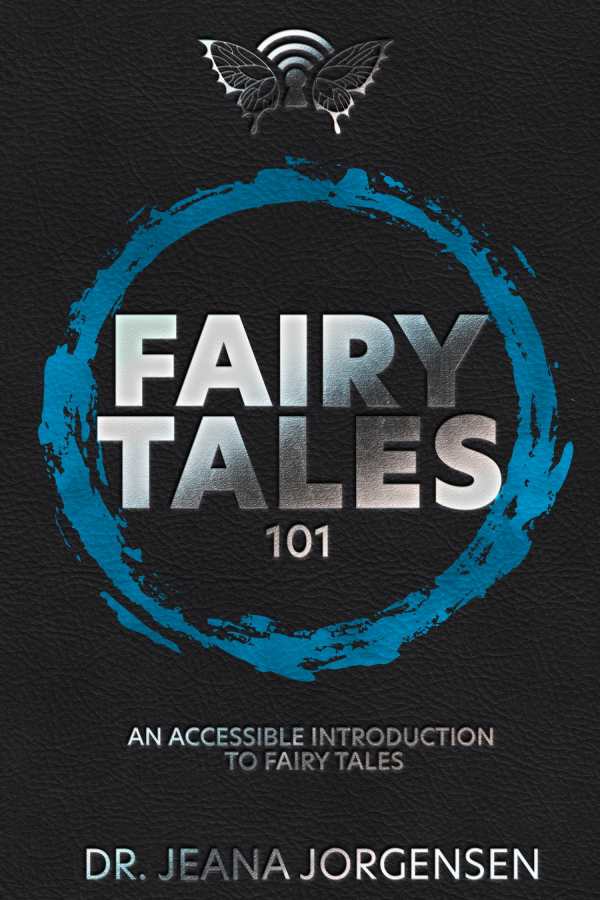Fairy Tales 101
An Accessible Introduction to Fairy Tales
A nuanced look at fairy tales, including their structures, histories, and interpretations, Fairy Tales 101 is a sound introduction to the field.
Fairy Tales 101, Jeana Jorgensen’s welcoming literary compendium, illuminates fairy tales’ origins, purposes, and continuing relevance through lucid essays and blog posts for scholars and fans alike.
Defining fairy tales as a narrative subset of folklore that “involves transformation, magic, and quests,” the book establishes an easy-to-understand context. It also explains each of the three terms and reveals how fairy tales got their name. From this thorough beginning, the genre that many have come to associate with its early modern European roots and with happily-ever-after movies is expanded: fairy tales contain everything from moral, political, and national reckonings to social cues for adults, entertainment for all ages, and glimpses of the historical-geographical climates in which they were written or passed down through oral traditions.
Using choice quotations from experts in fairy tale studies, the book combines academic insights with breezy, conversational guidance. (About one fairy tale, for instance, Jorgensen quips that it’s a “creepy fave” of hers.) Sections cover topics such as the differences and commonalities between folk tales and fairy tales; their history and evolution into work that’s now often associated with children’s literature, by way of the Brothers Grimm, Hans Christian Andersen, and others; and their resurgence as creative source material for adults. On an individual basis, the entries can either be perused as self-contained or read in order, which allows them to build into a fun crash course and celebration of the field.
The book’s examples are cogent, especially when they employ familiar themes while introducing fresh subtleties (such as the many global variations of Cinderella, including its darker variants). And when brief anecdotes about Jorgensen’s classroom or own connections to specific works are included, these, too, generate a steady sense of palpable enthusiasm. For the serious and dedicated, the book includes explanations of tools in fairy tale and folklore studies—such as classifying by motifs and types, despite the biases involved in such systems—that are helpful, straightforward, and include sources.
On occasion, the veil on specific controversies or differences of opinion among experts is peeled back, with fair-minded yet winking bemusement (one conference devolved into a “shouting match”). This clever blending of practical information with insider knowledge results in a presentation that is both authoritative and approachable. Whether considering the nuances of how fairy tales are structured or how reading them through various critical lenses (including anthropological, feminist, and psychoanalytic ones) affects their interpretation and analyses, these essays are a sound introduction to the field. And the book’s shorter essays and blog posts take a potpourri approach; they are a collection highlight, covering pet peeves, delights, and even the Trump era.
In the educational text Fairy Tales 101, a beloved genre is reinvigorated with amusing panache.
Reviewed by
Karen Rigby
Disclosure: This article is not an endorsement, but a review. The publisher of this book provided free copies of the book and paid a small fee to have their book reviewed by a professional reviewer. Foreword Reviews and Clarion Reviews make no guarantee that the publisher will receive a positive review. Foreword Magazine, Inc. is disclosing this in accordance with the Federal Trade Commission’s 16 CFR, Part 255.

